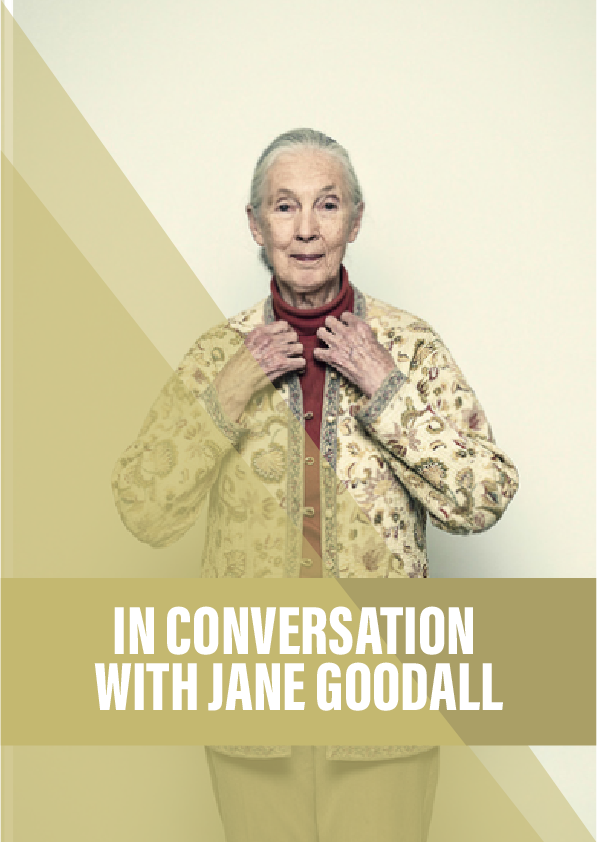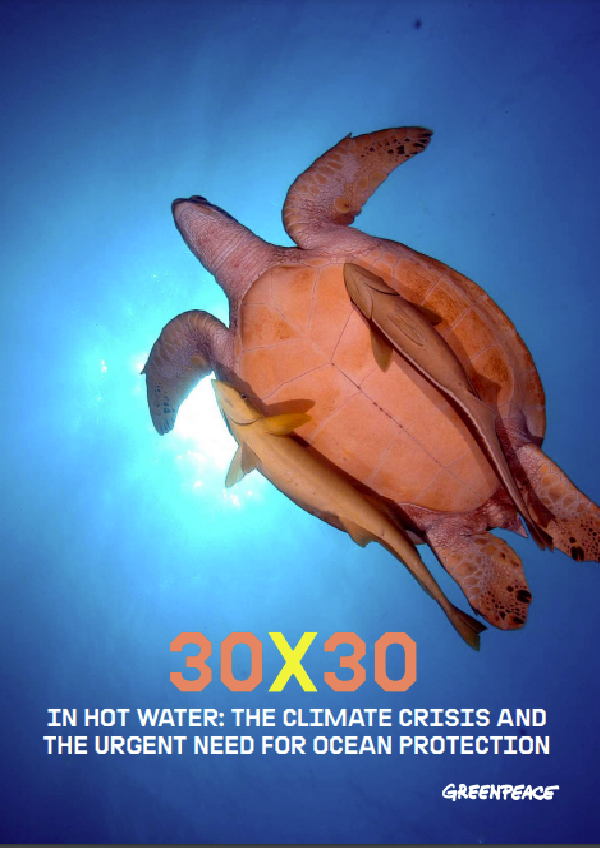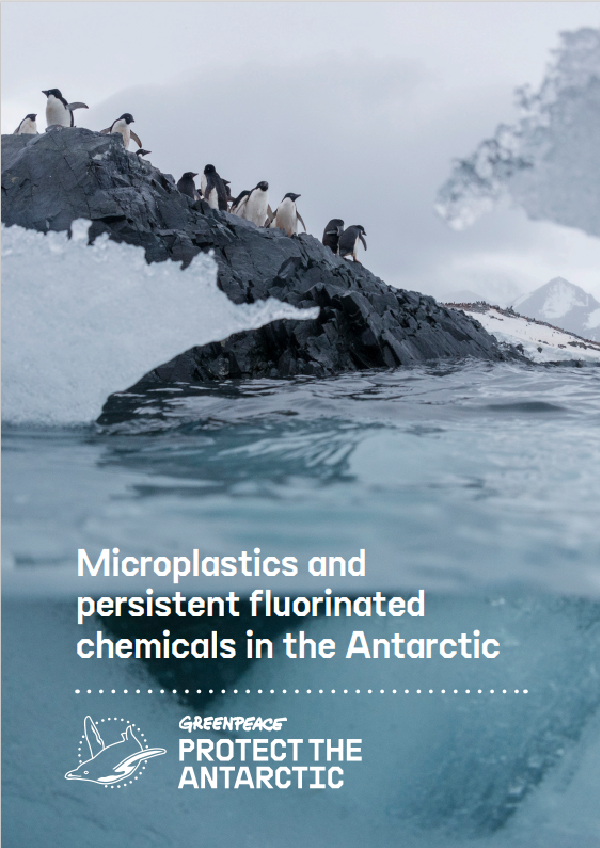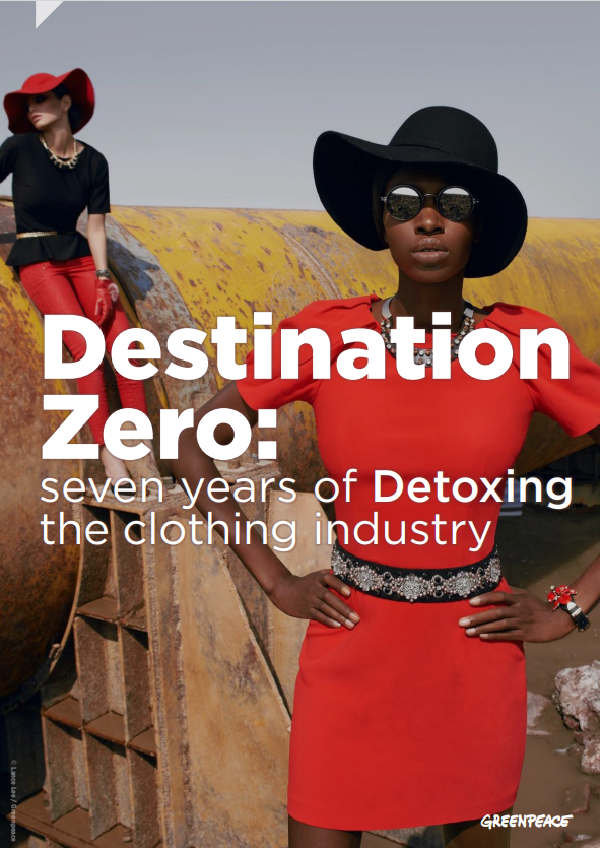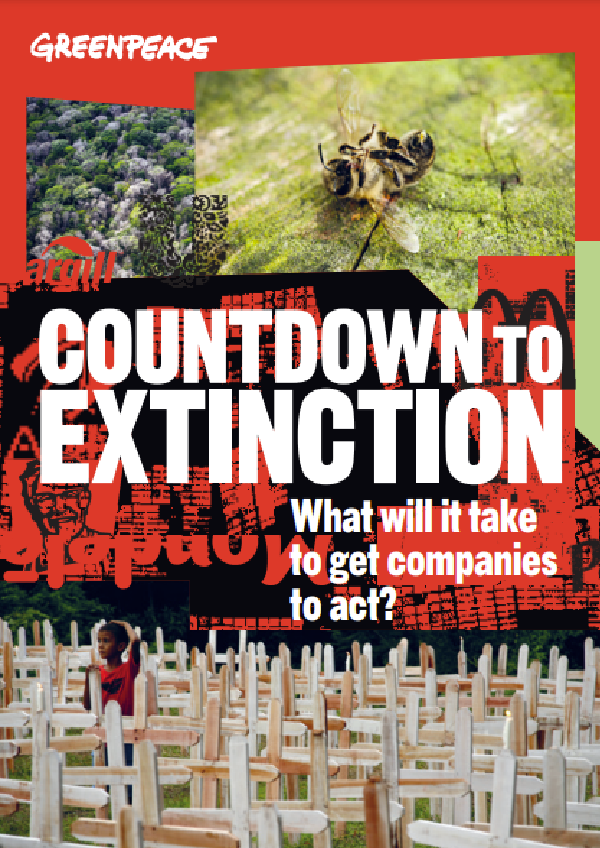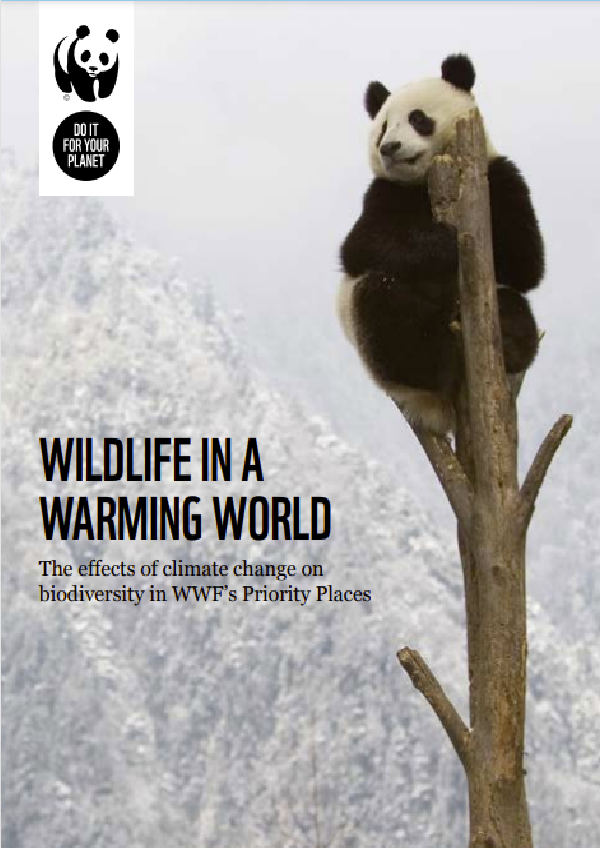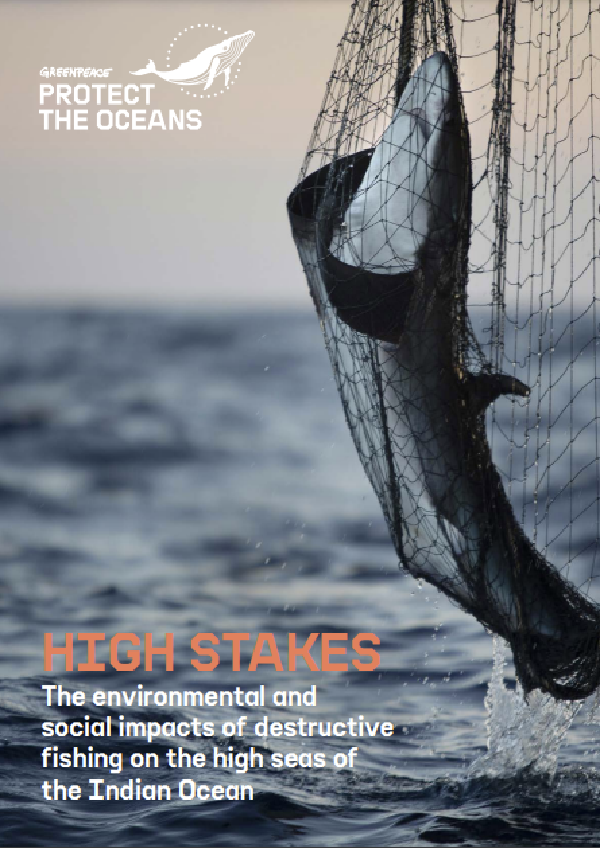In February 1935, the year of King George V’s silver jubilee, a chimpanzee at London Zoo called Boo-Boo gave birth to a baby daughter. A couple of months later, a little blonde-haired girl was given a soft-toy replica of the zoo’s new arrival to mark her first birthday. This was Jane Goodall’s first recorded encounter with a chimp.
Goodall turns 80 this week. In the intervening years, her research on a community of chimpanzees in Tanzania revolutionised our understanding of these primates, our closest living relatives, and challenged deepset ideas of what it means to be human. She then packed in her fieldwork to become an activist, campaigning tirelessly for a more enlightened attitude towards animals and the environment. Along the way she has received nearly 50 honorary degrees, and became a UN Messenger of Peace in 2002 and Dame Jane in 2004.
Though I have only crossed London to meet her, I am struck by the sudden feeling that I have reached the end of some epic, Henry Stanley-like quest… “Dr Goodall?” As I reach out to shake a slender hand, the words “I presume” pop into my head. I suppress them.
I follow her into the front room and she politely offers me tea or coffee. There is a sofa beneath the bay window and next to it – as if only just put aside – a large book. I pick up The Chimpanzees of Gombe: Patterns of behavior, Goodall’s magnum opus published in 1986. I flip through its characterful portraits of the Gombe chimps, many of them – like David Greybeard – now household names.
Goodall sits down neatly on the sofa with her back to the bright sun. This is a brief pause in her whirlwind travel schedule of more than 300 days a year, but she displays few signs of weariness – worldly or otherwise. She has just been going through proofs of her updated book Seeds of Hope, the first edition of which was troubled by allegations of plagiarism. I don’t want to broach the subject so early in the interview, so I ask instead about her childhood, which I sense is of great importance to understanding Goodall.
Reference:
